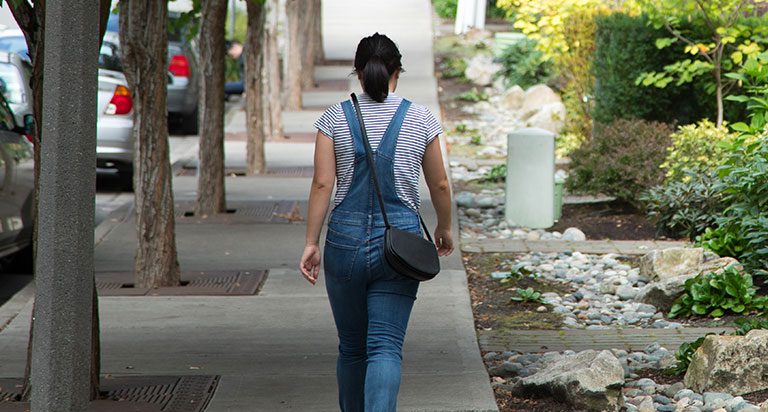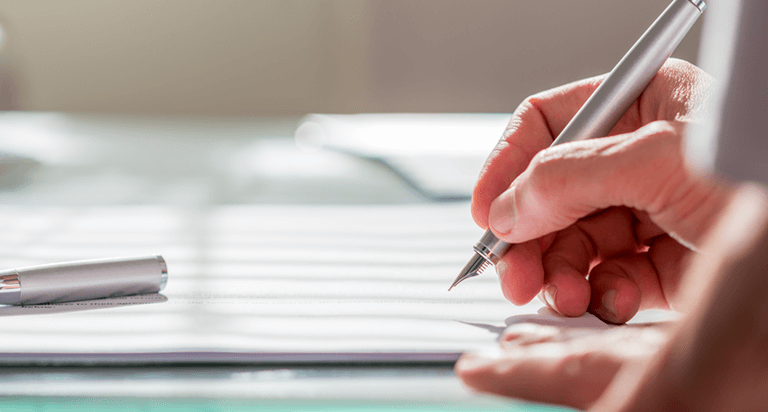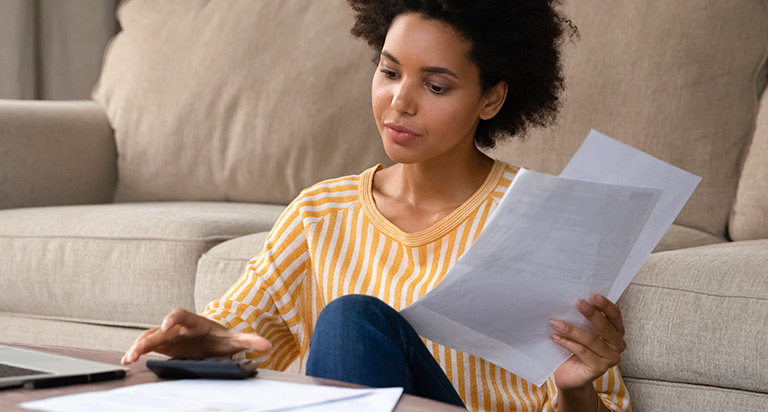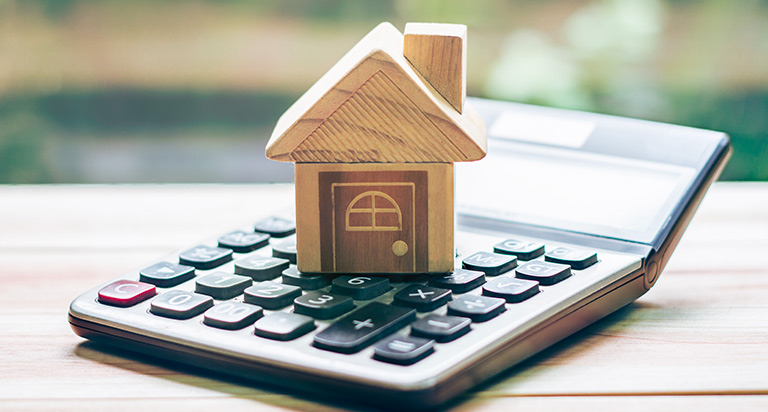
Types of Conventional Mortgage Loans and How They Work
Conventional mortgage loans come in all shapes and sizes. Learn about the different types of conventional loans, plus how to choose the right one for your financial situation.

Conventional mortgage loans come in all shapes and sizes. Learn about the different types of conventional loans, plus how to choose the right one for your financial situation.

Home equity loans can help you finance some of life’s biggest expenses. Here’s what to know about this popular type of financing.

Pell Grants offer financial aid to students who display exceptional financial need. Learn more about how Pell Grants work and who may qualify.

Before you co-sign a loan or lease, be sure to understand the pros and cons, as well as the responsibilities that come with being a co-signer.

Learn how private student loans work and the various ways you can use them to fund college costs.

How does loan forbearance affect your student loans?

Spot loans can provide financing to borrowers looking for cash quickly; however, they aren’t without risks. Learn about the pros and cons of spot loans.




